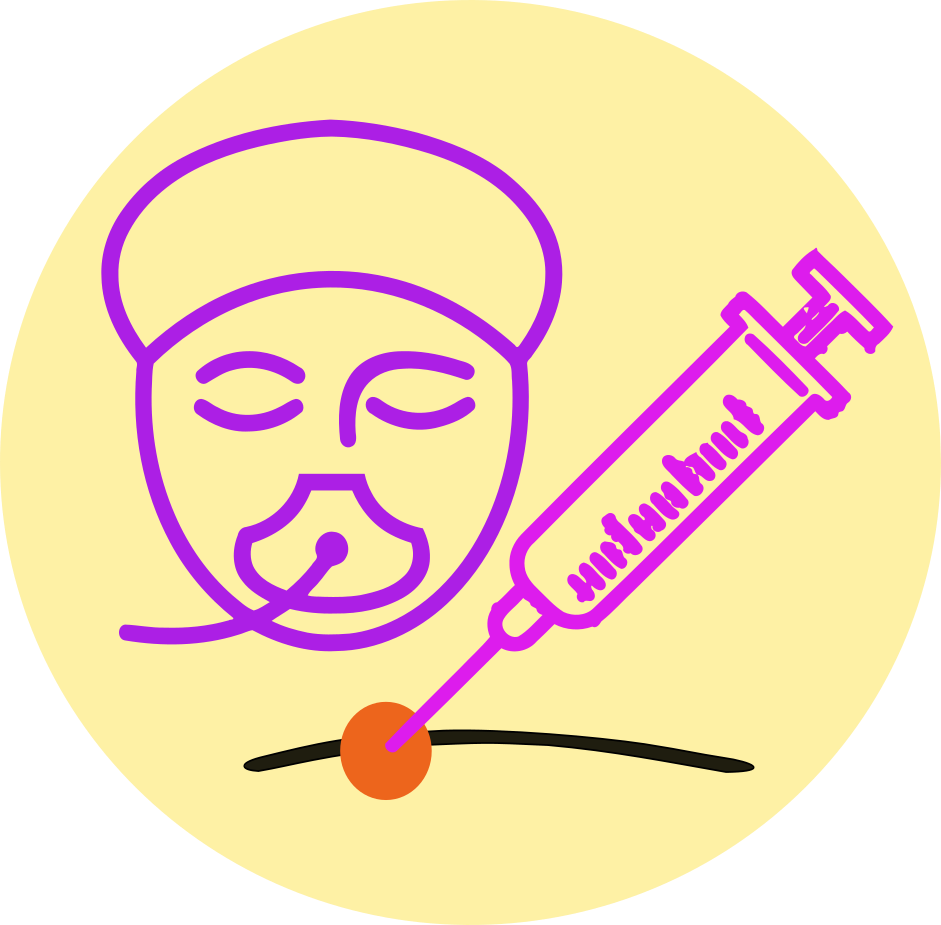Medicine details
| Image |  |
| Name | Vecuron |
| Dosage | Injection |
| Generic Name | Vecuronium Bromide |
| Classes |
Central Nervous System Agent Muscle Relaxant Neuromuscular Blocker |
| Diseases |
Anesthesia |
| Company | ACI Limited |
Drug Package Details
| Strength | 4 mg/ml |
| Storage Condition | |
| Origin Country | Bangladesh |
| Commercial Pack | 5 |
| Price per pack | ৳ 412.80 |
| Cost per pack | ৳ 363.26 |
| Package unit | 4 mg vail |
| Price per unit | ৳ 82.56 |
| Cost per unit | ৳ 72.65 |
| Discount | 0 |
| Coupon | |
| Remarks |
Vecuronium Bromide
Vecuronium Bromide is a nondepolarizing neuromuscular blocking agent with all of the pharmacological actions associated with this class of drugs (curariform). It works by vying for cholinergic receptors on the motor end-plate. Anticholinesterase agents such as pyridostigmine, neostigmine, and edrophonium inhibit acetylcholine antagonism and reverse neuromuscular block.
Vecuronium Bromide injection is used as a supplement to general anesthesia to help with tracheal intubation and to relax skeletal muscles during surgery or mechanical ventilation.
- The recommended initial dose of vecuronium bromide is 0.08 to 0.1 mg/kg (1.4 to 1.75 times the ED90) given as an intravenous bolus injection. This dose can be expected to produce good or excellent non-emergency intubation conditions in 2.5 to 3 minutes after injection. Under balanced anesthesia, clinically required neuromuscular blockade lasts approximately 25 to 30 minutes, with recovery to 25% of control achieved approximately 25 to 40 minutes after injection and recovery to 95% of control achieved approximately 45 to 65 minutes after injection. In the presence of potent inhalation anesthetics, the neuromuscular blocking effect of vecuronium bromide is enhanced. If vecuronium bromide is first administered more than 5 minutes after the start of inhalation agent or when steady-state has been achieved, the initial vecuronium bromide dose may be reduced by approximately 15%, i.e., 0.06 to 0.085 mg/kg.
- Prior administration of succinylcholine may enhance the neuromuscular blocking effect and duration of action of vecuronium bromide. If intubation is performed using succinylcholine, a reduction of initial dose of vecuronium bromide to 0.04 to 0.06 mg/kg with inhalation anesthesia and 0.05 to 0.06 mg/kg with balanced anesthesia may be required.
- During prolonged surgical procedures, maintenance doses of 0.01 to 0.015 mg/kg of vecuronium bromide are recommended; after the initial vecuronium bromide injection, the first maintenance dose will generally be required within 25 to 40 minutes. However, clinical criteria should be used to determine the need for maintenance doses.
The following side effects may occur with the use of vecuronium-
- Salivation
- Rashes
- Bronchospasm
- Flushing
- Hypotension
- Tachycardia
- Vecuronium Bromide should be administered in carefully adjusted doses by or under the supervision of experienced clinicians who are familiar with its actions and potential complications. The drug should not be given unless immediate access to intubation, artificial respiration, oxygen therapy, and reversal agents is available. The clinician must be prepared to help or control breathing.
- There have been reports of severe anaphylactic reactions to neuromuscular blocking agents, including Vecuronium Bromide.
- A peripheral nerve stimulator is usually useful for monitoring neuromuscular blocking effect, avoiding overdosage, and assisting in recovery evaluation.
- Although Vecuronium Bromide has been used successfully in many patients with pre-existing pulmonary, hepatic, or renal disease, it should be used with caution in these cases.
- Vecuronium should be used with caution in patients with renal and hepatic failure.
- Patients with severe obesity or neuromuscular disease may pose airway and/or ventilatory problems requiring special care before, during and after the use of neuromuscular blocking agents such as Vecuronium.
Contraindication
Vecuronium is contraindicated in patients known to be hypersensitive to the drug.
None known.
None known.





 Bangla
Bangla English
English